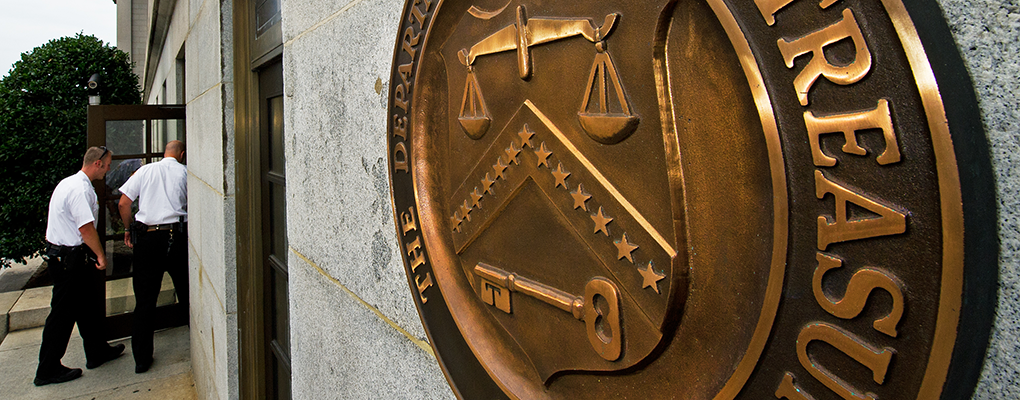
The US Treasury, in collaboration with various other financial authorities such as the SEC, the Federal Reserve and CFTC, has released a report into the October 15, 2014 “Flash Crash” in the US treasuries market. As with the now-infamous 2010 trillion-dollar Flash Crash on the stock market, the October 15 incident saw trading prices change beyond any reasonable expectations in a small period of time.
As the report explains, on that day, “the market for US Treasury securities, futures, and other closely related financial markets experienced an unusually high level of volatility and a very rapid round-trip in prices.” 10-year US government bonds, known as Treasury security, “experienced a 37-basis-point trading range, only to close six basis points below its opening level.” Such volatility in the US Treasury market had not been experienced in a single day without any major policy announcements.
The report concedes that HFT has brought market benefits such as reduced costs and increased market efficiency
“Intraday changes of greater magnitude,” regulators said, “have been seen on only three occasions since 1998 and, unlike October 15, all were driven by significant policy announcements.” The major swings in the market on the day in question, however, had no clear reason, which is “unprecedented in the recent history of the Treasury market.”
High frequency trading (HFT), general economic uncertainty and higher than usual trading volumes were cited as contributory factors to the crash. HFT has come under fire recently, with US regulators arresting a British high frequency trader for allegedly contributing to the flash crash in 2010. Such automated trading has also been the subject of public criticism, with financial journalist Michael Lewis’s book Flash Boys, which traces the history and outlines the problem of HFT, proving a top seller.
The report concedes that HFT has brought market benefits such as reduced costs and increased market efficiency, but outlines a number of new risks: operational risks, including incorrectly deployed algorithms reacting to inaccurate or unexpected data; market liquidity risks stemming from abrupt changes in trading strategies; market integrity risk due to the ability of “spoofing”, as well as the inability of risk management to sufficiently monitor such high speed trading activity.
How best to regulate HFT, the report says, needs to be further explored. “The trend toward increasingly automated and algorithmic trading on trading platforms,” the report claims, is “being addressed by various regulatory efforts underway by the SEC, the CFTC and others. To further these steps, the public and private sectors must continue to work together to address the outstanding risks, including operational risks and risks that may harm liquidity provision or price discovery.”


